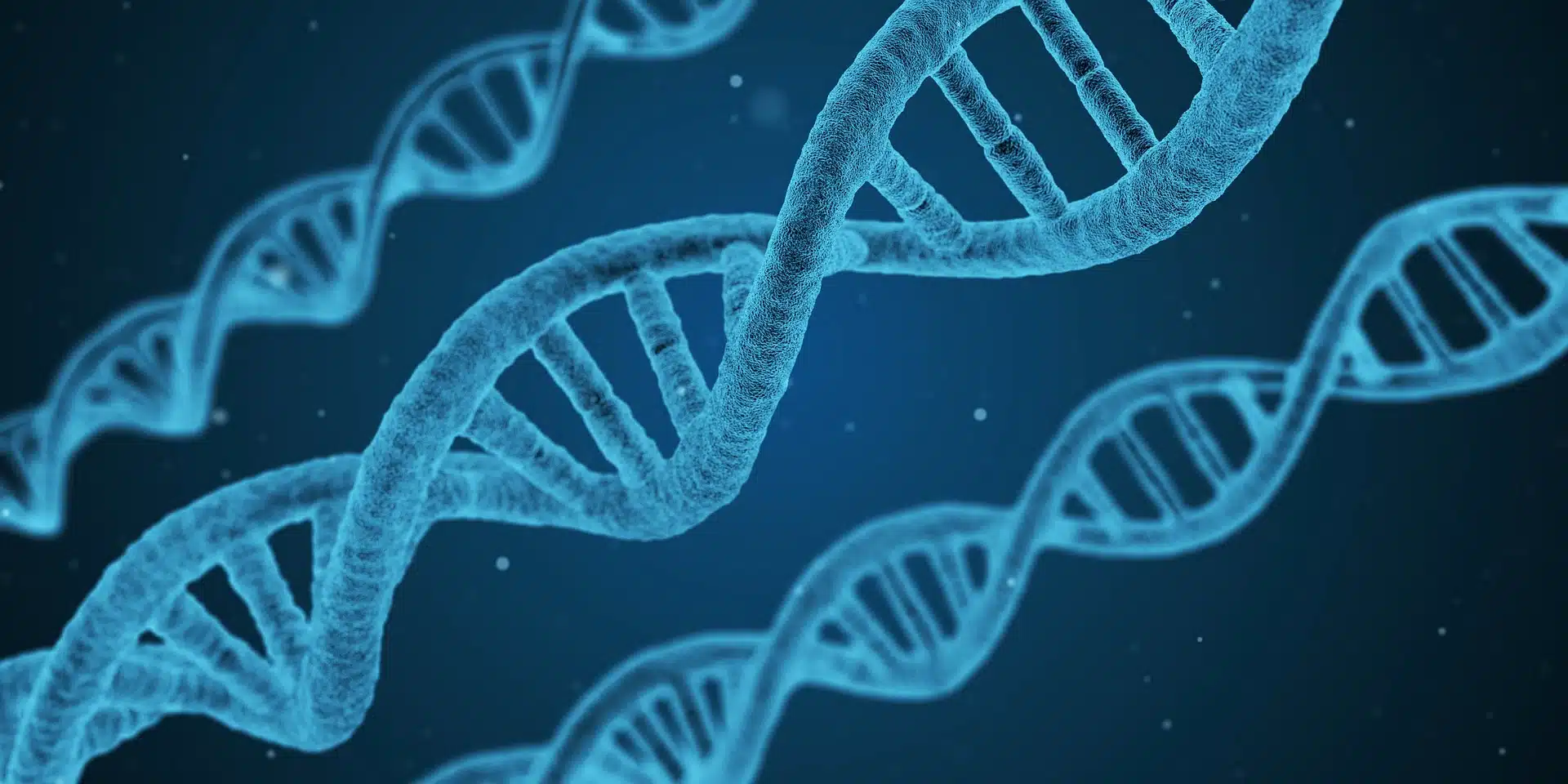Scientific Method Called “dCas9-Based Scn1a Gene Activation” Lessens Febrile Seizures in Dravet Syndrome Mice
September 17, 2019
Dravet syndrome (DS) is a severe epileptic encephalopathy caused mainly by heterozygous loss-of-function mutations of the SCN1A gene, indicating haploinsufficiency as the pathogenic mechanism.
Here, researchers tested whether catalytically dead Cas9 (dCas9)-mediated Scn1a gene activation can rescue the decrease in Scn1a gene in a mouse DS model and restore physiological levels of its gene product, the Na v 1.1 voltage-gated sodium channel. The team screened single guide RNAs (sgRNAs) for their ability to stimulate Scn1a transcription in association with the dCas9 activation system.
This study identified a specific sgRNA that increases Scn1a gene expression levels in cell lines and primary neurons with high specificity. Na v 1.1 protein levels were augmented, as was the ability of wild-type immature GABAergic interneurons to fire action potentials. A similar enhancement of Scn1a transcription was achieved in mature DS interneurons, thus rescuing their ability to fire. To test the therapeutic potential of this approach, the team delivered the Scn1a-dCas9 activation system to DS pups using adeno-associated viruses. Parvalbumin interneurons recover their firing ability and febrile seizures were significantly attenuated.
The research team claims that their results pave the way for exploiting dCas9-based gene activation as an effective and targeted approach in Dravet syndrome and other disorders resulting from altered gene dosage.







